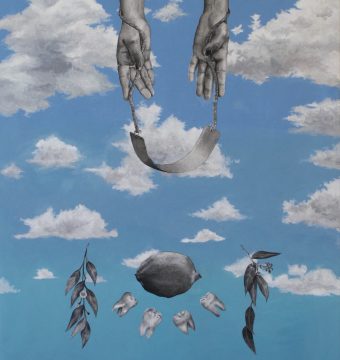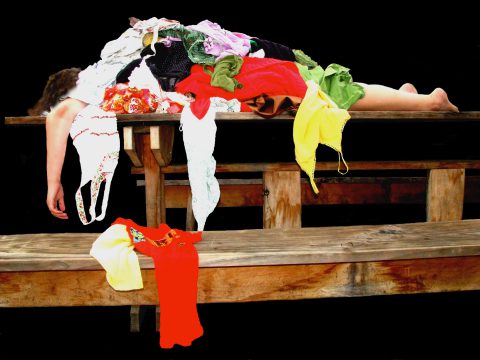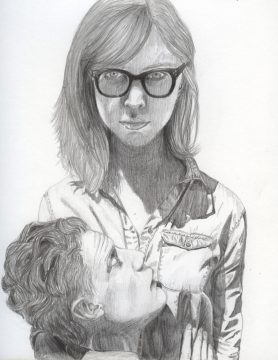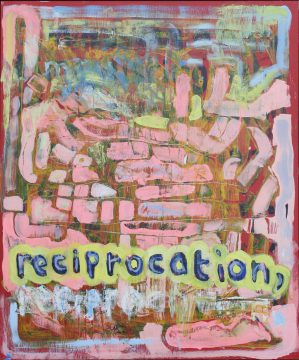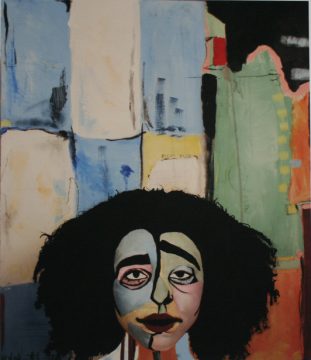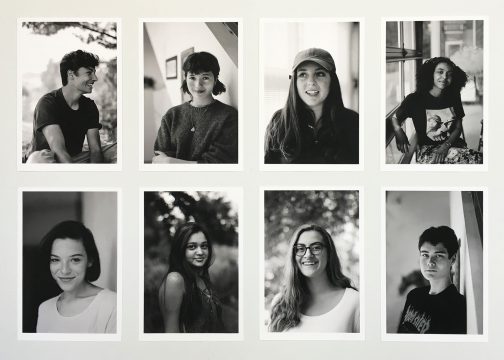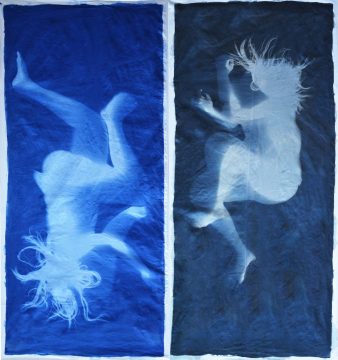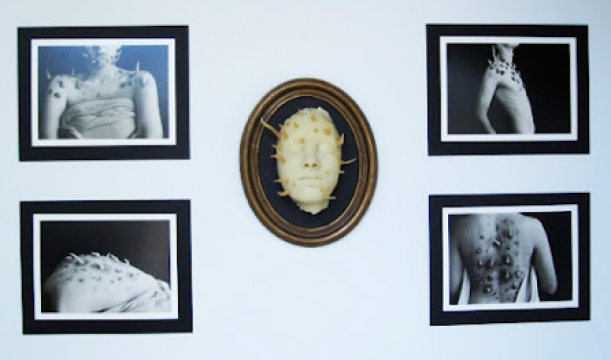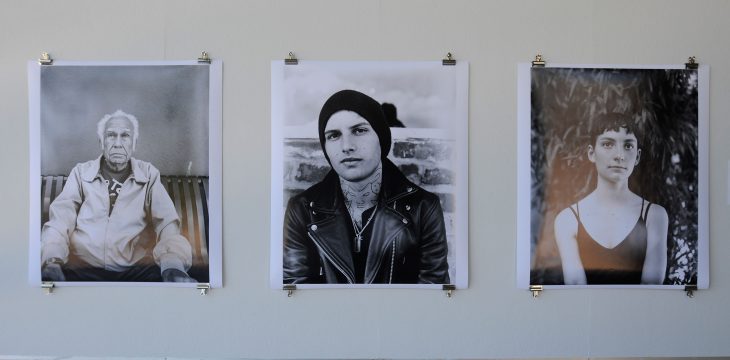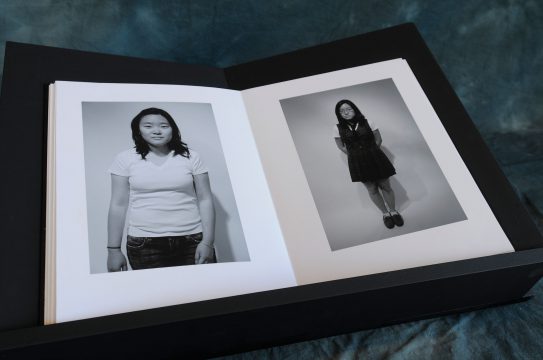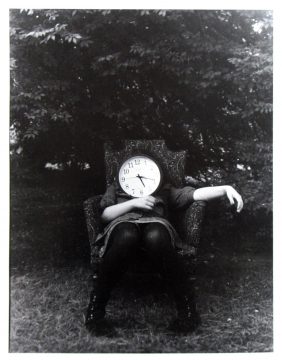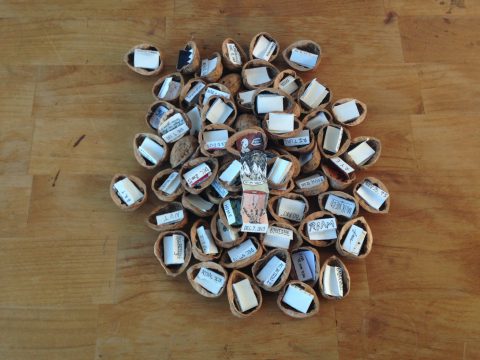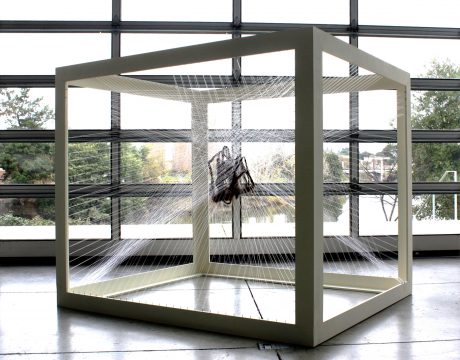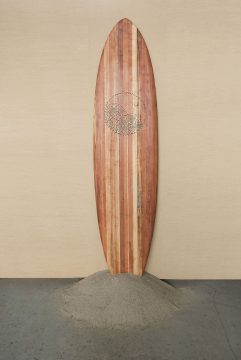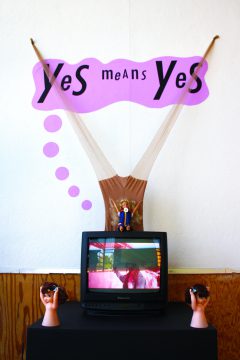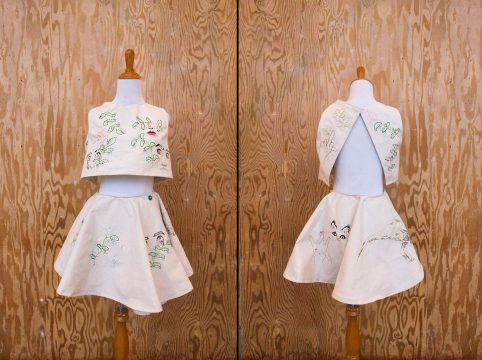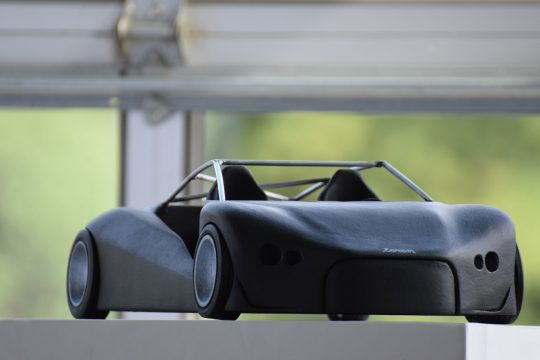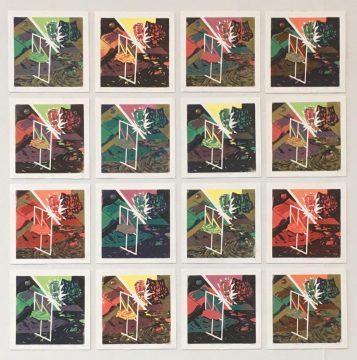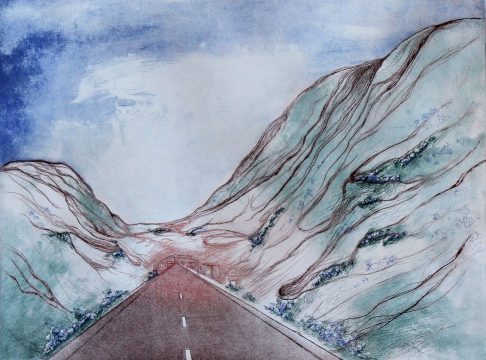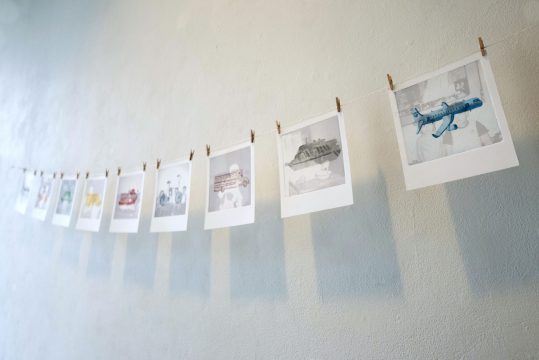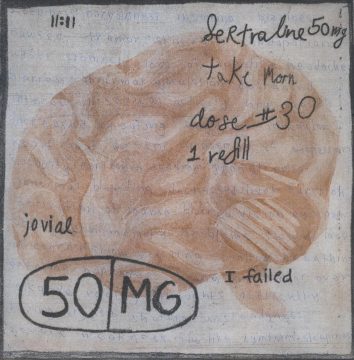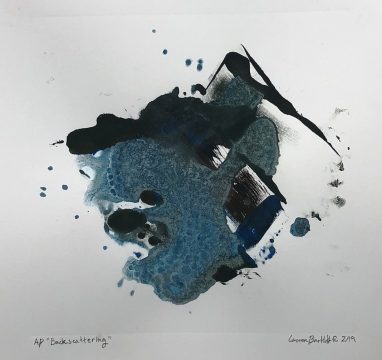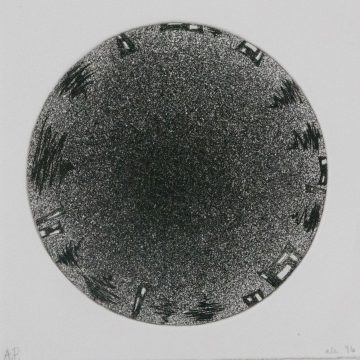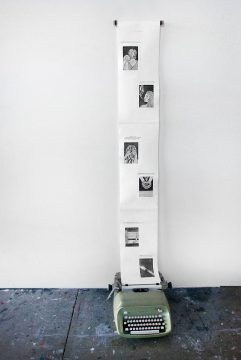Discover Your Authentic Self
Previous art and studio experience is helpful but not required, as instruction at Oxbow supports emerging talents in a nurturing but rigorous environment. The studio arts program at Oxbow offers an eclectic range of elective courses (see below) to supplement the core courses.
Visiting Artist residencies and workshops engage students in individual and collaborative work, and major research-based projects allow students to design creative projects of their own choosing with the potential to integrate diverse media and art-making strategies. Over the course of the semester, students develop a critical eye and an individual voice and they acquire a working knowledge of issues in contemporary art. Students learn to manage their time, understand their creative process, and expand their aesthetic thinking while growing as a community of artists. Students will receive two Honors Studio Art credits while at The Oxbow School in addition to their academic credits.
At Oxbow, students are encouraged to work in mediums of their choice and to experiment with new mediums. Students have most commonly pursued the following mediums:
Painting
Drawing
Animation
Illustration
Fashion
Textiles
Printmaking
Video
Film
Performance Art
Installation
Sculpture
Book Arts
Figure Drawing
Digital Arts
Photography
Alternative Process
Architecture
Product Design
Graphic Design
Interior Design
Papermaking
Relief Printing
Virtual Reality
Painting
The Painting studio is equipped with all the supplies students need for ambitious projects in drawing, painting, and mixed media collage. Students work in charcoal, watercolor, ink, gouache, acrylic, oil, and many other materials. Students are encouraged to incorporate traditional techniques alongside experimental approaches. They experiment with abstraction, representation, and everything in between.
Photography & New Media
The New Media studio is equipped with the tools and technology for still and moving image production, animation, and design. The New Media computer lab houses iMacs equipped with Adobe Creative Suite, along with photo scanners, monochrome and color laser printers, and a large-format printer. There is also a fully equipped black and white darkroom for film processing and alternative processes. Students are encouraged to use technology as an aid in achieving their creative and artistic goals. Please visit our YouTube page to see Video/Film work and Animation work.
Sculpture
The Sculpture studio has all the equipment students need to work in three dimensions including a woodshop, metal working equipment, clay and plaster tools, and sewing machines. Students are encouraged to work in new and experimental media and to use many different techniques and processes to best communicate their ideas.
Printmaking
The Printmaking studio is a professional-level intaglio facility equipped with presses and all of the necessary tools and materials. Students may also be supported in learning other techniques such as monotypes, relief printing, and bookmaking. Students new to printmaking are supported in many techniques with an emphasis on versatility and exploration to feel empowered in the studio.
Art Electives
Plein Air Watercolor Landscape. Armed with brushes and watercolors, students travel to scenic spots in and around Napa to delve into landscape painting. Students study contemporary landscape artists, embracing nontraditional techniques and approaches to painting. This is a great opportunity to explore the nature around Northern California and experiment with watercolor technique as we observe and glean inspiration from the light and color of the beautiful landscape surrounding us.
Animation. This course touches upon a breadth of animation techniques. Tutorials are led in hand-drawn animation, stop motion animation, rotoscope animation, digital animation, and 3D computer animation. Through short film screenings, students learn about the history of animation and contemporary artists in the genre. After an introduction to various animation techniques, students focus on one animation technique or combine techniques to produce a short animation.
Experimental Media / Introduction to Virtual Reality. This advanced course expands upon the themes and techniques explored in the New Media course. Through video screenings, students explore how contemporary artists experiment with emerging technologies, online spaces, virtual reality, wearables, and digital performance. Students utilize green screen technology, 3D animation techniques, 360 photo and video, virtual reality, performance, and other mediums of their choice to create a media-related project. This course encourages experimentation with materials and mediums.
Performance / Participation / Social Practice. This course delves into the fields of performance art, relational art, and socially engaged art. Through performative experiments, movement activities, and short prompts, students gain a repertoire of improvisation and devising techniques to produce their own performances and interactive experiences. Additionally, students collaborate with an Oxbow chef to produce an interactive dining experience inspired by the artists discussed in class whose work intersects social practice, food, ritual, and art.
Narrative and the Figure. This class combines figure drawing, comics, and storytelling. The figure-drawing portion of the class concentrates on life-drawing from models as students work to accurately depict human anatomy with special focus on gesture and proportion. Each figure drawing class starts with a series of quick warm-ups and works up to more sustained poses that include the full body and head. Students work on drawings that portray a range of movements, and translate those skills to sequential narratives, including comics and hand-drawn animations. The same process of observation and gesture drawing guides the process which, in its later stages, emerges as an exercise in storytelling.
Textiles. This course delves into fabric printing by hand—building patterns with stamps as well as developing “repeat” patterns. The class combines drawing, color, pattern, and concept. Students consider organic vs. geometric form, positive and negative space, dimensionality vs. flatness, and the role that scale plays in pattern. Students develop and print multiple designs on fabric. As concepts and designs are developed, students consider the culture and evolution of hand-designed textiles and explore the landscapes, artifacts, textures, and palettes that inform who we are.
Bookmaking. This course leads students through a variety of bookmaking techniques. Students learn the basic tricks of the trade to make coptic, drum leaf, and case-bound books. While the work mostly focuses on creating blank journals and sketchbooks, the final project involves a collaborative hand-bound “artist book” that showcases artwork made by everyone in the course.
Portrait Painting in Oil. Learn to oil paint or hone oil painting techniques. Students learn to stretch and gesso a 24” X 24" canvas to create a portrait, either from a photograph of their own choosing or paint a self-portrait from life. To inform and inspire the painting, students study diverse examples of oil paintings from art history and contemporary art.
Paper-making. Follow the paper-making process from bark to paper! Students explore the life cycle of everyday materials. Students cook down fiber and process it by hand to make sheets of paper. Then, they make artworks by embedding materials in the paper itself and dragging sculptural objects through fiber. This includes learning to make paper-making tools and altering them as needed to experiment.
Copper Plate Etching. Students in the etching course have the opportunity to learn various techniques within intaglio printmaking, such as: drypoint, hardground, softground, aquatint, and chine-colle. Students work in collaboration to choose which techniques they want to learn. There are opportunities for both individual and collaborative work. Group walks and on-site drawing occur throughout the course.
Darkroom Photography. In the darkroom photography elective, students become acclimated with film and the basics of analog photography. Working with 35mm black and white film, students will shoot, process, and print or digitally scan their final product. Once they master the basics of working in the darkroom, students will have the opportunity to work in 120mm or other light sensitive materials. Alternative process workshops are available on a semester-to-semester basis, and often incorporate other techniques, such as cyanotypes or solar printing. This elective is an intensive study of light, composition, and experimentation and provides students with opportunities for individual work and group collaboration.
For more examples of the scope and breadth of student work please visit the Final Project Gallery.

